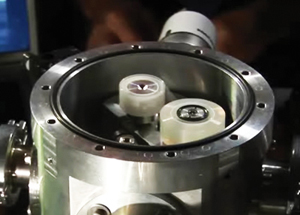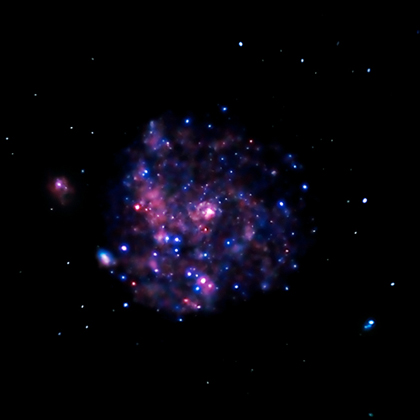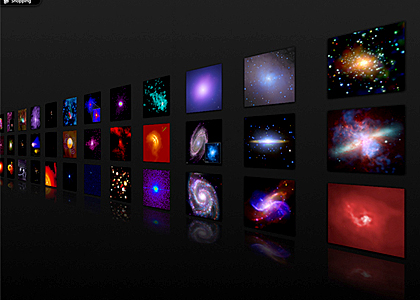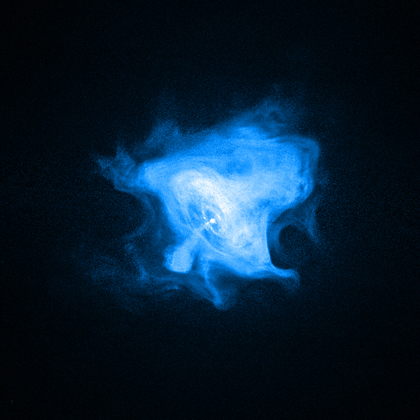X-ray 101
Submitted by chandra on Thu, 2008-12-04 11:39There are those of us who are experts, and then those of us who are not. Even some of us who have been working in X-ray astronomy can lose track of some of the basics. To help provide a little introduction or perhaps just a refresher, we’ve put together a little thing we like to call “X-ray 101â€. It’s meant just to give a very quick overview of what Chandra is and what X-ray astronomy is all about.









